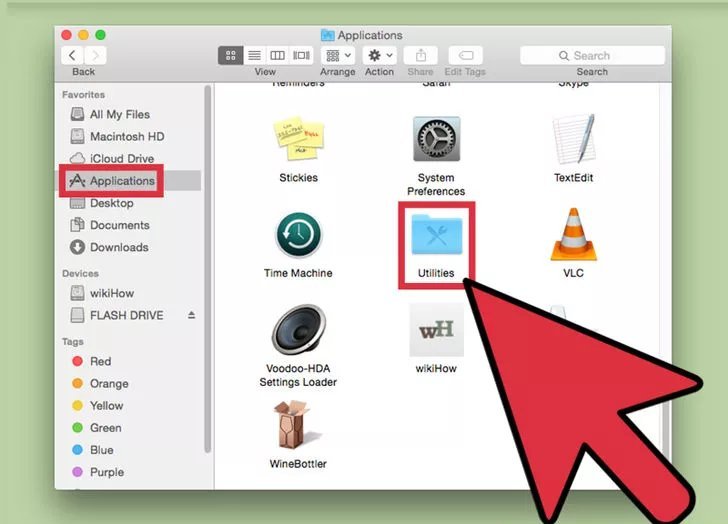

- #Usb floppy format tool mac how to#
- #Usb floppy format tool mac mac os#
- #Usb floppy format tool mac update#
#Usb floppy format tool mac how to#
The Mac’s HFS File Systemīefore we talk about how to burn CDs for older Macs, it’s important to understand why it’s sometimes difficult.
#Usb floppy format tool mac update#
Readers with further information are encouraged to email their stories or techniques so we can update this article. Highly advanced users will probably be able to connect a USB floppy drive, determine its device node, and use the method outlined above for Unix-like systems.

#Usb floppy format tool mac mac os#
Mac OS XĪt this time, I am not aware of a good, user-friendly way to write floppies from disk images using Mac OS X. For a DiskCopy image, “dd if=path_to_image_file of=path_to_floppy_drive bs=84 skip=1” is the right way, according to The pickle’s Low-End Mac FAQ. If the image file is a raw image, a simple “dd if=path_to_image_file of=path_to_floppy_drive” will do the trick. Linux users can use the “dd” command to write floppies from image files. For more information, read this FreeDOS page. Put the disk image file and Rawrite into drive C, open a DOS window, type C:\Rawrite, and follow the directions. The Windows utility Rawrite can be used to write image files to a floppy using a PC. From the Utilities menu, choose Make a Floppy… and follow the directions onscreen. With Mac OS 9 and earlier, just use Disk Copy 6.3.3, which you can freely download from Apple. Writing a Floppy Disk from an Image Classic Mac OS I hope to make them available soon using Disk Copy 4.2 format for maximum cross-platform convenience. I’m currently cooking up some Mac boot floppies that will make installing System software a breeze. These will be immediately useful without any decompression. If StuffIt Expander isn’t available, attempt to find the necessary disk image in uncompressed Disk Copy 4.2 format. This free program is available for Mac, Windows, and Linux/i386. Before these disk images can be written onto real floppy disks, they must be decompressed with StuffIt Expander. Many sources of Mac floppy disk images distribute them in StuffIt (.sit) format.

(All other vintage Macs have a 1.4 MB SuperDrive or FDHD floppy drive, which is compatible with modern computers.) StuffIt Expander This means that boot disks for a Mac 128K, 512K, 512Ke, Plus, pre-FDHD SE, or un-upgraded Mac II cannot be made on a Mac OS X, Linux, or Windows machine. When written to a floppy, these images create exact copies of the master disks.ĭue to physical differences between Mac and PC floppy drives, 800K double density Mac floppies can only be written by other vintage Macs. These floppies are distilled into disk images you can download from the Web. Installing System 6 or System 7.0.1 onto an older Mac is only possible using floppy disks, and the first step to installing System 7.5 is usually “boot from a floppy”. And that’s what we’ll talk about: Free tools for writing Mac floppy disks and HFS CD-ROMs using modern Mac, Windows, and Linux computers. To get that vintage Mac up-and-running, you need to be able to write downloaded software onto disks that an older Mac can read. 2007: One of the biggest hassles of the vintage Macintosh hobby is loading software onto your first older Mac.


 0 kommentar(er)
0 kommentar(er)
